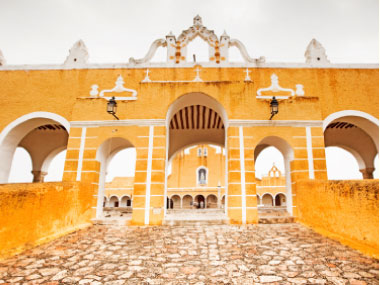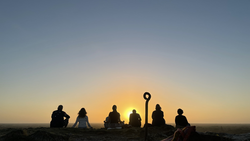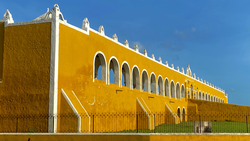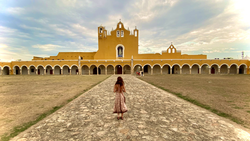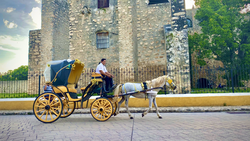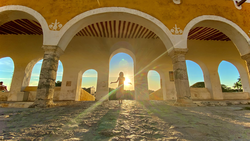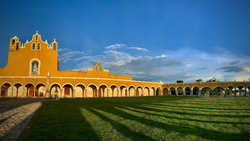Things to see and do:
Enjoy the grand Light and Sound show at the Conventevery Tuesday, Thursday, and Saturday at 8:30 p.m. The show is a rich display of Mayan history with inspirational lighting and music. The convent setting makes it unique to the various other light and sound shows around.
Tour the Mayan pyramidsthroughout the city including Knich Kakmo, Kabul, Itzamatul and El Conejo. Knich Kakmo is a largely unrestored pyramid with a two acre base. It was one of the greatest structures of the ancient Mayan world.
Visit the Franciscan conventthat the Spanish conquerors built using stones from the pyramids. The convent features an atrium surpassed only by the Vatican in Rome. The Franciscan convent is known for the monk Fray Diego de Landa, who, in his ignorance, burned all the Mayan scripts. Then, feeling remorse for what he had done, Frey Diego tried to rewrite all he could remember of the ways of the Maya.

